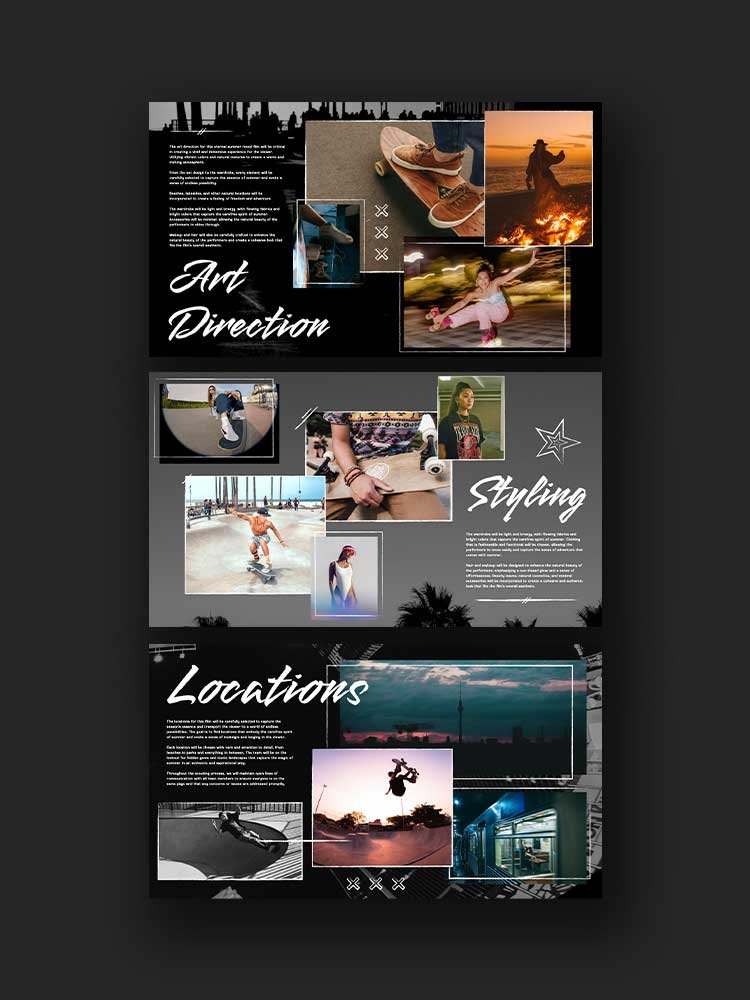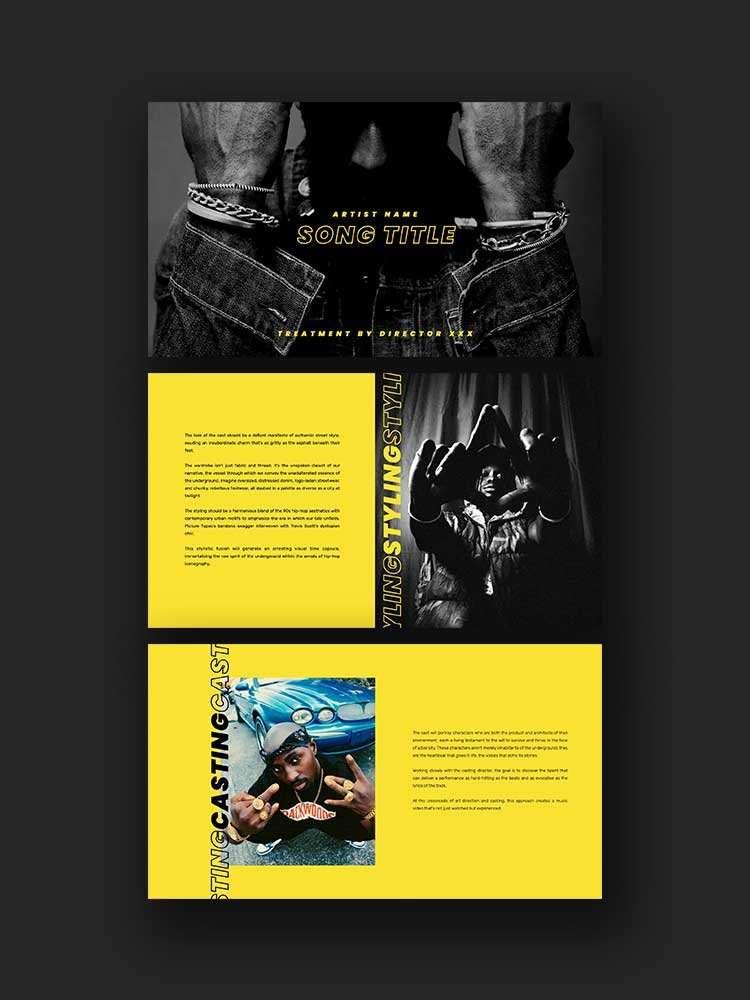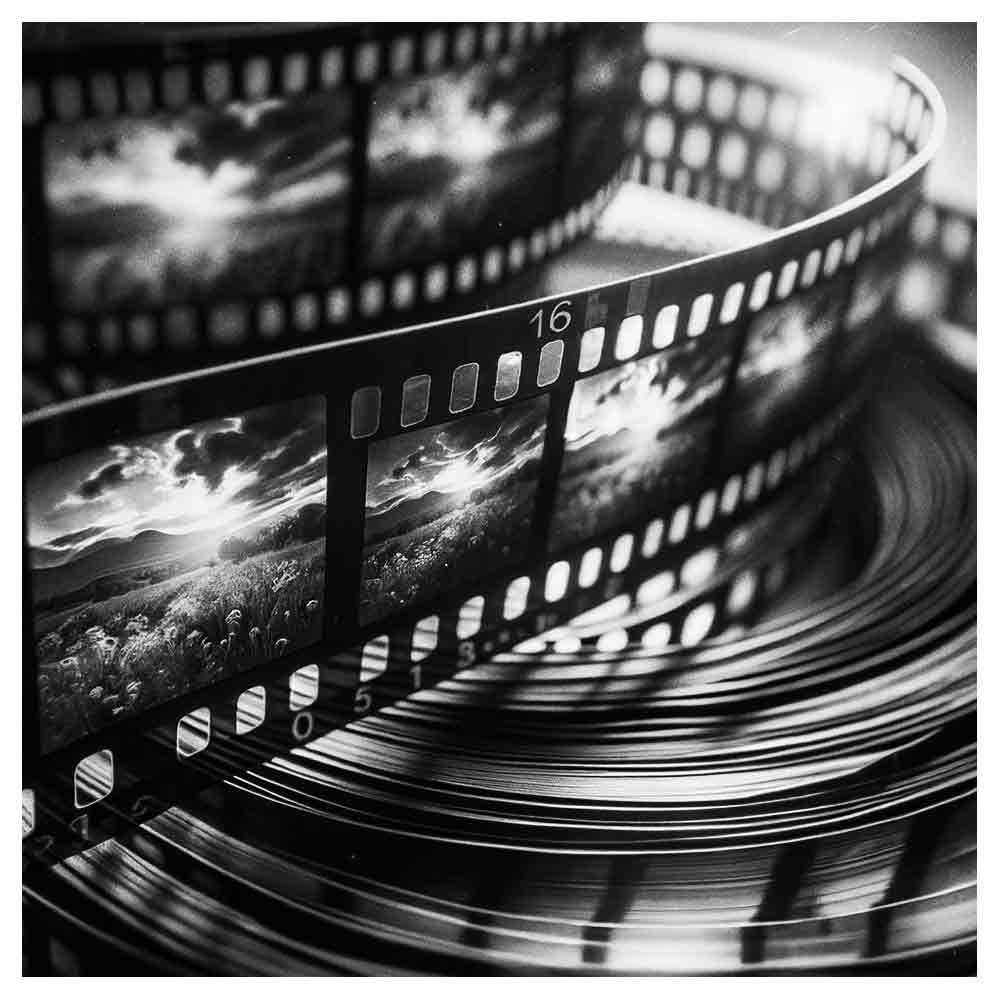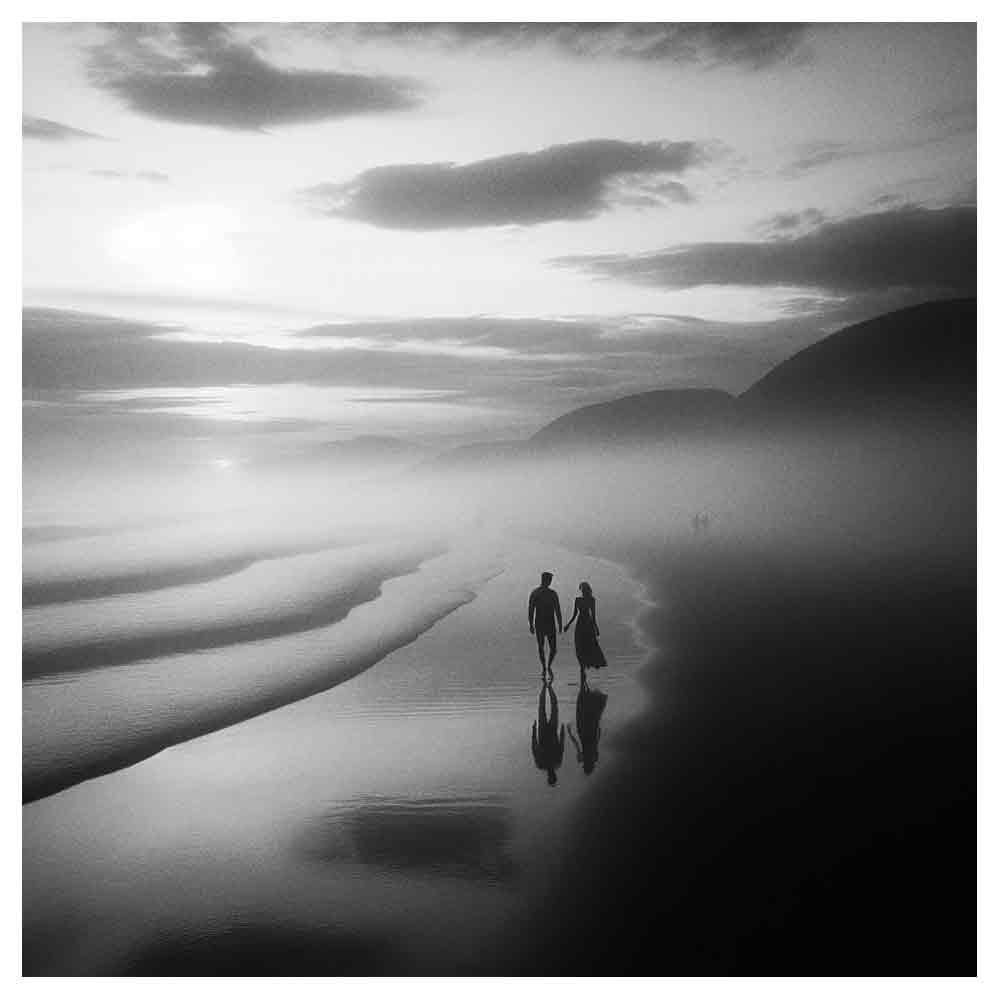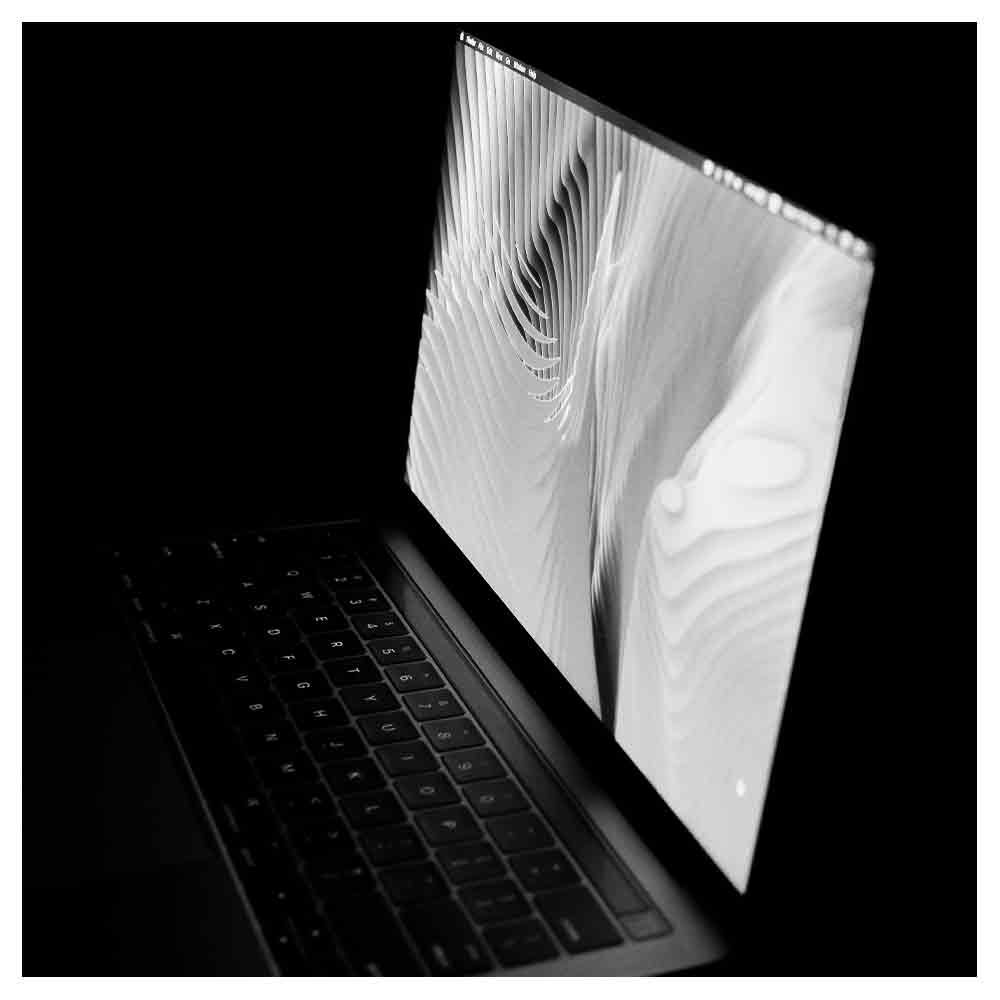How to Film a Music Video: A Comprehensive Guide for Budding Filmmakers
Creating a music video is a rite of passage for many budding filmmakers. It's a creative endeavor that can be an interesting intersection of visual aesthetics and audio composition, creating a medium that can be as engaging as it is unique. It is indeed an art form with its distinct palette of expression, open to interpretation, and subject to creative liberty.
This comprehensive guide on how to film a music video is intended for filmmakers and music video directors looking to capture their creative vision. Whether you're shooting your first music video, or you're an old hand at making music videos, there's something here for everyone.
1. Conceptualizing the Music Video
Conceptualization begins with the music track. The music video concept should be a visual translation of the song's lyrics or the artist's unique vibe. It's essential to maintain an open dialogue with the artist or band members to ensure alignment with their music career aspirations and overall brand image.
Finding Visual Inspiration
Visual inspiration can come from a myriad of sources – a line from the song, a specific theme or emotion, a color palette, an era, a film, or even the works of a certain director or artist. For example, the Michael Jackson "Thriller" video was inspired by horror films, adding a visually dramatic and narrative element to the music video.
When formulating your video concept, ask yourself - what’s the visual hook? What's the interesting visual element that would keep the viewer engaged?
2. Pre-Production
Location Scouting
Whether you're shooting your music video in a well-lit indoor location, an outdoor setting with natural light, or a studio with a green screen, scouting and securing your locations is key. For a low budget music video, utilizing a one location setup can not only save time but also keep costs low.
Assembling the Team
Depending on the scale of the project, crew members may include the director, camera operators, lighting technicians, makeup artists, choreographers, and more. If you’re working on a low budget video, multitasking is going to be your best friend.
3. Shooting the Music Video
Camera and Lighting
Choose your video camera based on the desired output and your budget. A DSLR camera is a good starting point for beginners or those making low budget videos. It offers a good balance between price, ease of use, and output quality. Don't underestimate camera operation fundamentals, such as tripod use for stability, utilizing multiple camera angles for variety, and mastering different camera movements.
Lighting equipment is essential to create mood and atmosphere. However, natural lighting can also be a great, completely free alternative.
Directing the Shoot
Directing a music video shoot is about facilitating the execution of the concept. It involves coordinating the band performing, directing the camera equipment and lighting equipment, and making sure the visual aesthetic aligns with the concept.
A good music video often features a variety of shots - full-length shots, close-ups, and a range of dynamic angles. This variety makes your video footage more engaging and provides more options during the editing process.
4. Post-Production
Video Editing
Editing is where you shape your video footage into a cohesive visual narrative that complements the audio track. Video editing software such as Adobe Premiere Pro or Final Cut is essential for this process. Your video editing should reflect the rhythm, pace, and mood of the song.
Visual Effects and Sound Effects
For a more polished, high-quality video, consider incorporating visual effects. These can be as simple as color grading or as complex as CGI animations. Depending on your video concept, you may also consider incorporating sound effects for added immersion.
Review and Refinement
The final edit should be reviewed multiple times to ensure coherence and impact. This includes checking for continuity errors, synchronization between audio and visuals, and overall flow. Feedback from band members, crew, or an external party can provide a valuable outside perspective to get to the final video.
5. Launching the Music Video
Sharing Your Finished Video
Once your music video is ready, it's time to share it with the world. Platforms like YouTube allow artists to reach a global audience with their YouTube videos. You may also consider video marketing through social media and music platforms.
Creating a music video is a collaborative, creative process that can significantly enhance a song's reach and impact. Whether you're making your own music video or working with a client, remember each video you create is an opportunity to refine your skills and express your unique creative vision.
Remember, the best way to learn how to film a music video is by doing it. So pick up that camera, and start shooting!
Frequently Asked Questions About Filming a Music Video
What do I need to make a music video?
To film a music video, you would need the following: a music track, a video camera (could be anything from a smartphone to a high-end DSLR or digital cinema camera), video editing software, a concept or script, locations for shooting, props, and costumes if required, and lighting equipment.
Additional elements could include crew members such as a director, camera operator, and makeup artist.
How do you film a music video by yourself?
Filming a music video by yourself involves a bit more effort as you'll be managing all aspects from directing to camera operation. Here's a quick guide:
Conceptualize: Create a simple but strong concept for the video that can be executed single-handedly.
Plan: Write down your ideas, and plan your shots and locations.
Shoot: Use a tripod to steady your camera, and consider using an automatic tracking feature if available.
Edit: Use editing software to compile and edit the footage. You can add effects and transitions to make it more interesting.
Review: Watch the video multiple times and make necessary edits until you're satisfied.
Is it hard to film a music video?
Filming a music video can be challenging, as it involves many moving parts like conceptualization, shooting, and post-production.
However, with proper planning, a clear vision, and some creativity, you can definitely make a compelling music video. As with anything, the more you practice, the better you'll become.
How much does it cost to record a music video?
The cost of recording a music video can vary greatly depending on factors like the complexity of the video concept, the equipment used, the location, and whether you're hiring professional help.
A simple DIY video can be made on a shoestring budget, while a professional production can cost anywhere from a few thousand to hundreds of thousands of dollars.
What makes a good music video?
A good music video effectively conveys the song's story or emotion visually, enhancing the audience's connection with the music.
It should be visually engaging, creative, and coherent with the song's style and message. Good lighting, interesting camera angles, and a well-thought-out concept also contribute to a successful music video.
Is a GoPro a good video camera for filming a music video?
Yes, a GoPro can be a good low-budget camera option for filming a music video, especially if you're on a tight budget or want to shoot from unique perspectives.
GoPros are small, versatile, and offer high-quality footage. They are particularly good for capturing point-of-view shots, extreme sports scenes, underwater scenes, and wide-angle shots.
How long does it take to shoot a music video?
The time it takes to shoot a music video can vary greatly. It can take anywhere from a single day for a simple video shot in one location to several weeks for a more complex and professional video production involving multiple locations, a large cast and crew, and intricate scenes. Post-production (editing, color grading, visual effects) can take additional days to weeks.
Do music videos need scripts?
Yes, most music videos benefit from having a script or at least a detailed shot list. This helps ensure a clear, coherent narrative and assists in planning the shoot more efficiently.
Even for videos that are more abstract, having a plan for what you want to shoot can be very beneficial.

